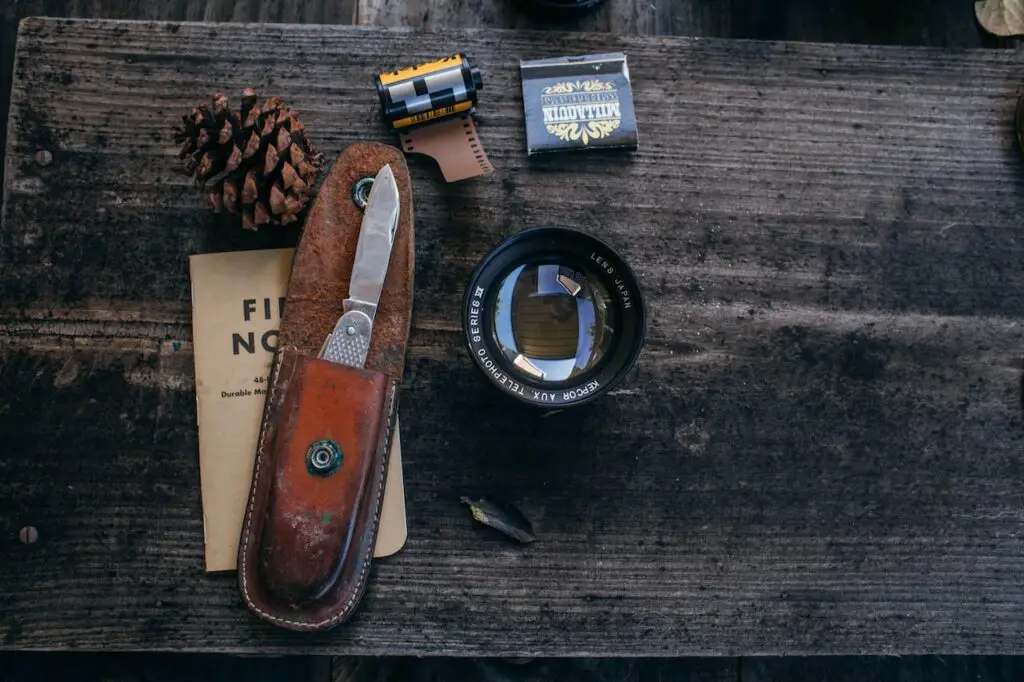Owning a collection of razors and knives can be an exciting hobby for enthusiasts. Whether you’re a barber, a chef, or simply someone who appreciates the craftsmanship of these tools, it’s essential to maintain them properly. In this article, we will provide you with valuable tips on how to keep your razor and knife collection in top condition. From cleaning and sharpening techniques to storage and maintenance, we’ve got you covered. Let’s dive in!
Understanding Razor and Knife Materials
Before delving into the maintenance tips for razors and knives, it’s crucial to have a solid understanding of the materials commonly used in their construction. This knowledge will help you tailor your maintenance routine to suit the specific properties and needs of your blades.
Most razors and knives are crafted from stainless steel, carbon steel, or high-carbon stainless steel. Stainless steel is highly popular due to its corrosion resistance and durability. It is an alloy composed of iron, chromium, and other elements, making it resistant to rust and staining. However, stainless steel blades can be more challenging to sharpen compared to other materials.
Carbon steel, on the other hand, is renowned for its exceptional sharpness and edge retention. It consists primarily of iron and carbon, which gives it superior hardness. Carbon steel blades require more diligent maintenance, as they are prone to rust and corrosion. Proper care, such as drying them thoroughly after use and applying a protective coating, is necessary to prevent damage.
High-carbon stainless steel is a hybrid material that combines the best of both worlds. It offers the corrosion resistance of stainless steel with the sharpness and edge retention of carbon steel. These blades strike a balance between durability and ease of maintenance.
Related: Finding Your Passion: The Key to Personal Fulfillment
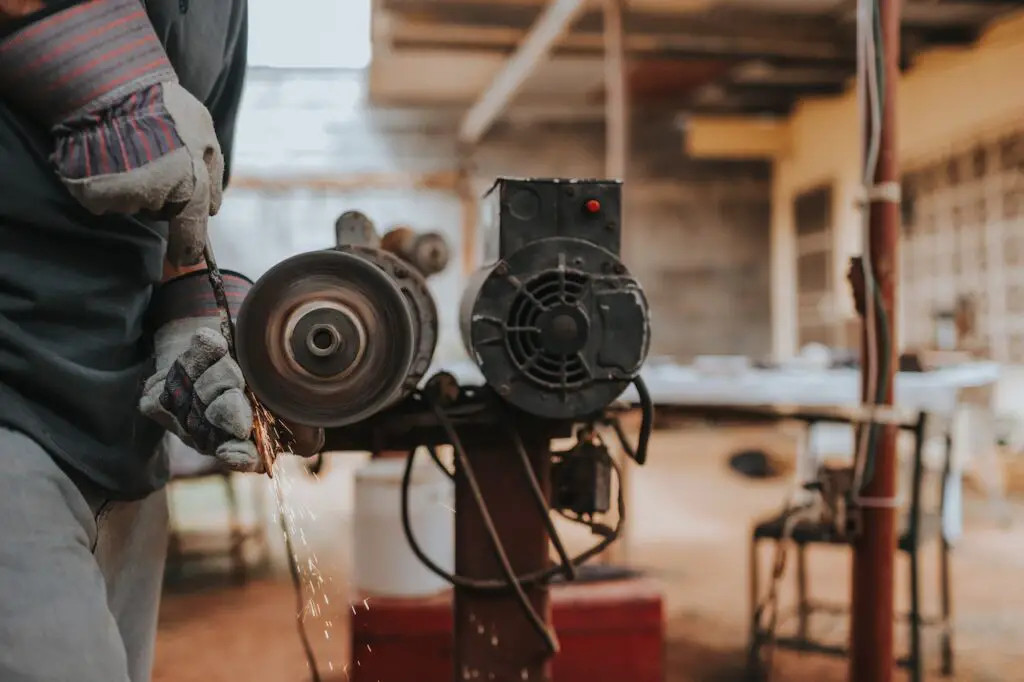
Cleaning Your Razors and Knives
Proper cleaning is essential to maintain the performance and hygiene of your razors and knives. Regular cleaning removes accumulated dirt, debris, and oils, ensuring that your blades remain in optimal condition.
Start by rinsing the razor or knife under warm water to remove surface residue. This initial step helps loosen any particles clinging to the blade. Use a mild soap or a specialized cleaning solution designed for blades. Apply the soap or solution to a soft brush and gently scrub the blade, paying close attention to the edge and any hard-to-reach areas.
Avoid using abrasive materials that can scratch or damage the surface of the blade. Instead, opt for a soft-bristled brush or a non-abrasive sponge. Be thorough but gentle in your cleaning process to avoid unintentional harm to the blade.
After cleaning, rinse the blade thoroughly with warm water to remove any remaining soap or cleaning solution. Ensure that no residue is left behind. Finally, carefully dry the blade using a clean, lint-free cloth or towel. Removing moisture is crucial in preventing corrosion and rust.
Sharpening Techniques
Sharpening your razors and knives is a crucial aspect of maintenance to maintain their cutting performance. Understanding different sharpening techniques allows you to restore the sharpness of dulled blades effectively.
One popular sharpening method is using sharpening stones or whetstones. These abrasive stones come in various grits, ranging from coarse to fine. Start with a coarser grit to remove any nicks or dullness from the blade’s edge. Hold the stone securely on a flat surface and, at a consistent angle, glide the blade across the stone in smooth, controlled strokes. Gradually progress to finer grit stones to refine the edge and achieve razor-sharp results.
Honing rods, also known as sharpening steels, are another common tool for maintaining blade sharpness. These rods consist of a hard, abrasive material, such as ceramic or diamond coating. To use a honing rod, hold it firmly and swipe the blade against the rod at a consistent angle, applying gentle pressure. This process helps realign the blade’s edge, enhancing its sharpness.
Electric sharpeners are a convenient option for those who prefer a more automated approach. These devices feature built-in sharpening mechanisms and precise angle guides. Simply insert the blade into the appropriate slot and let the electric sharpener do the work. However, it’s important to follow the manufacturer’s instructions carefully to avoid over-sharpening or damaging the blade.
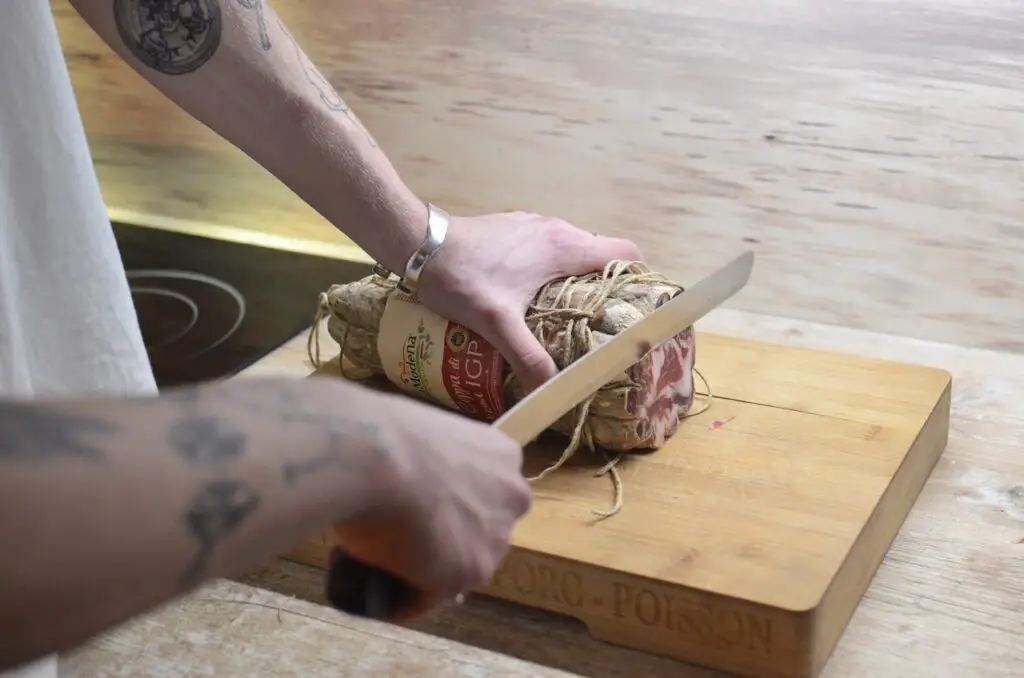
Storing Your Collection
Proper storage is essential to protect your razor and knife collection from damage and maintain their longevity. By implementing appropriate storage practices, you can ensure that your blades remain in optimal condition between uses.
Consider investing in a dedicated storage case or a knife roll with individual compartments. These specialized storage solutions provide a safe and organized environment for your blades. The compartments keep the blades separate, preventing them from accidentally rubbing against each other and causing scratches or dulling.
When selecting a storage location, it’s important to avoid damp or humid environments. Moisture can lead to corrosion and rust, compromising the integrity of your blades. Choose a dry area with good air circulation to minimize the risk of moisture-related issues. Additionally, storing your collection away from direct sunlight helps prevent fading or discoloration.
Routine Maintenance
Implementing a regular maintenance routine for your razor and knife collection is key to keeping them in optimal condition. By incorporating these routine maintenance practices, you can extend the lifespan and performance of your blades.
First and foremost, make it a habit to inspect your blades regularly. Look for signs of wear, damage, or rust. Address any issues promptly to prevent further deterioration. Additionally, check the tightness of screws, pivots, or any movable parts and make necessary adjustments to ensure proper functionality.
Cleaning should be a part of your routine maintenance. After each use, rinse your blades under warm water to remove any debris or residue. Use a mild soap or specialized blade cleaner to gently scrub the blade, paying attention to the edge. Rinse thoroughly and dry the blades completely before storing them.
Sharpening is another vital aspect of routine maintenance. Regularly assess the sharpness of your blades and sharpen them as needed. Depending on usage, this may vary from monthly to quarterly. Choose a sharpening method that suits your preference and skill level, such as sharpening stones, honing rods, or electric sharpeners.
Related: Escape the Ordinary: Elevate Your Lifestyle with These Thrilling Hobbies for Men
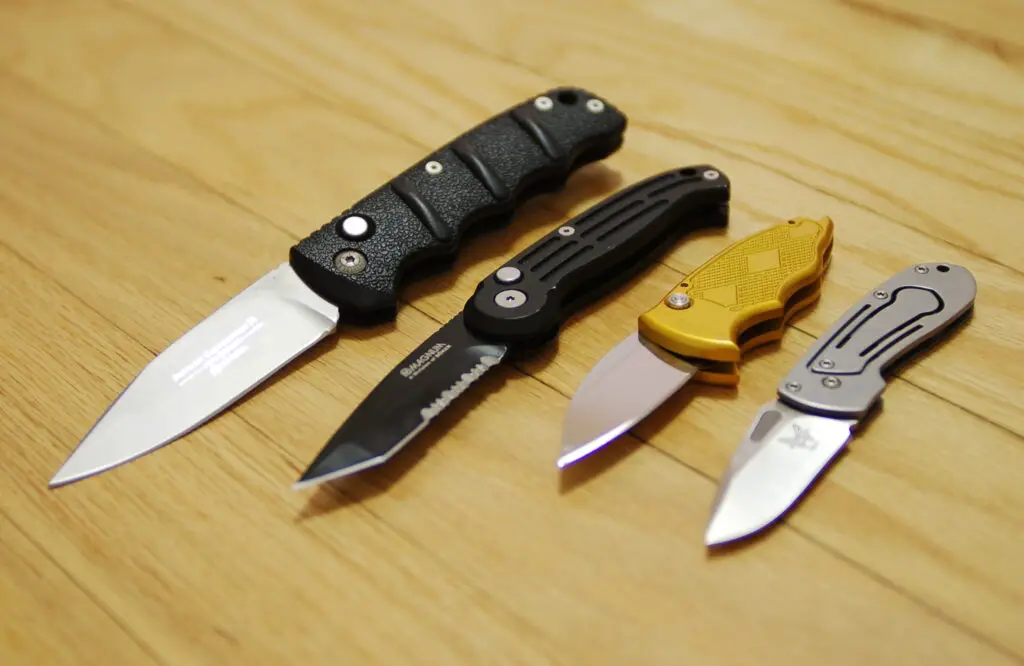
Ensuring Safety Precautions
When working with sharp blades, it’s crucial to prioritize safety. Always handle razors and knives with care, keeping your fingers away from the blade’s edge. Use protective gloves if necessary, especially when sharpening or handling unfamiliar blades. Additionally, store your collection out of reach of children or anyone who may not be aware of the potential dangers.
Maintaining Edge Retention
Edge retention is a crucial factor in the performance of razors and knives. By adopting practices that preserve the sharpness of the blade’s edge, you can ensure long-lasting cutting efficiency. Here are some key tips for maintaining edge retention:
Avoiding excessive force
Apply minimal pressure when using your blades. Excessive force can cause the edge to deform or chip, reducing its sharpness.
Using the appropriate cutting surface
Opt for cutting boards or surfaces that are gentle on the blade’s edge. Avoid hard materials like glass or ceramic, as they can quickly dull the edge.
Regular honing
Regularly honing your blades helps maintain their sharpness. A honing rod or strop can realign the edge, keeping it in optimal condition between sharpenings.
Sharpening at the right time
Sharpen your blades when you notice a decrease in cutting performance. Waiting too long can result in a dull edge that requires more effort to sharpen.
Storing blades properly
Store your blades in a dry environment, away from moisture and humidity. Moisture can lead to corrosion and dull the edge over time.
Minimizing contact with hard surfaces
Avoid dropping or banging your blades against hard surfaces, as this can cause chips or deformations on the edge.
Regular cleaning
Keep your blades clean to prevent buildup that can impact cutting performance. Clean them after each use and dry them thoroughly to avoid moisture-related issues.
Preventing Corrosion
Razors and knives are susceptible to corrosion, especially when exposed to moisture. To prevent this, ensure that your blades are thoroughly dried after each use or cleaning. Applying a thin layer of food-grade mineral oil or blade oil can also help create a protective barrier against moisture and reduce the risk of corrosion.
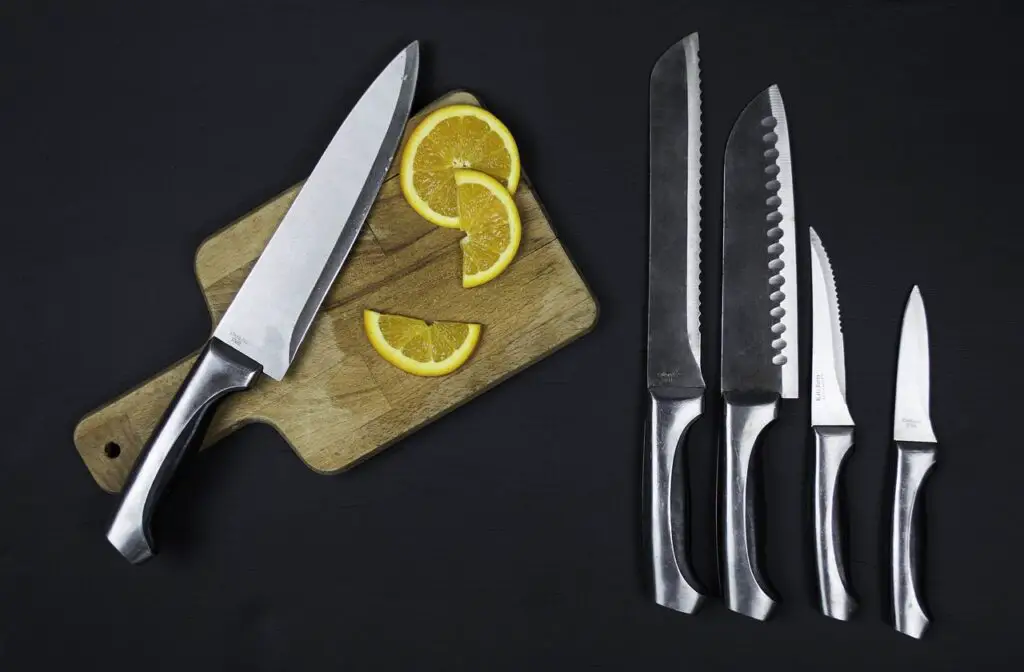
Lubrication and Rust Prevention
Applying lubrication to your razor and knife collection can significantly contribute to their maintenance. After cleaning and drying the blades, consider applying a small amount of oil along the edge and pivot areas. This lubrication helps reduce friction and prevents rust formation. Regularly inspect the blades for any signs of rust and address them promptly to avoid further damage.
Restoring Vintage Razors and Knives
Restoring vintage razors and knives requires special care and attention to bring them back to their former glory. Here are some important steps to follow when restoring these treasured pieces:
Cleaning and removing rust
Start by cleaning the blades using a mild soap or specialized cleaner. Gently scrub away any dirt or debris. For rust removal, use a rust eraser or a mixture of vinegar and baking soda. Be patient and thorough to ensure all traces of rust are eliminated.
Polishing and buffing
Once the rust is removed, polish the blades using a fine metal polish or polishing compound. This step helps restore the shine and luster of the metal. Use a soft cloth or buffing wheel to achieve a smooth and polished finish.
Handle restoration
If the handles of vintage razors or knives are made of materials like wood or bone, they may require restoration. Use a wood or bone conditioner to revitalize and protect these materials. For plastic or synthetic handles, clean them with mild soap and warm water.
Sharpening
After restoring the appearance of the blades, it’s essential to sharpen them to ensure optimal cutting performance. Use sharpening stones, honing rods, or other suitable sharpening methods to restore a sharp and precise edge.
Lubrication and protection
Apply a light coat of blade oil or a rust-preventive lubricant to protect the restored blades from future corrosion. This step helps maintain their condition and longevity.
Honing Your Sharpening Skills
Sharpening blades is a skill that requires practice and precision. Invest time in honing your sharpening skills, learning different techniques, and understanding the nuances of blade sharpening. Practice on inexpensive or disposable blades before working on your valuable collection. With experience, you’ll be able to maintain your razor and knife collection effectively.
Proper Handling and Usage
While maintenance plays a crucial role, proper handling and usage are equally important. Avoid using your razors or knives for tasks they are not intended for, as this can lead to unnecessary wear or damage. Use the appropriate blade for each task, whether it’s shaving, slicing, or chopping. By using your tools correctly, you can extend their lifespan and ensure optimal performance.
Professional Services for Maintenance
If you’re unsure about performing maintenance tasks yourself or dealing with more complex issues, consider seeking professional services. There are specialized technicians and craftsmen who can provide expert maintenance, restoration, or repair services for your razor and knife collection. They have the necessary tools and expertise to handle intricate tasks while preserving the integrity of your blades.
Displaying Your Collection
If you take pride in your razor and knife collection, displaying it can be an excellent way to showcase your passion and craftsmanship. Consider investing in a display case or wall-mounted magnetic strips to exhibit your blades securely. Ensure that the display area is away from direct sunlight, excessive heat, or humidity, which can potentially damage the blades.
Conclusion
Maintaining a razor and knife collection is essential for their longevity and optimal performance. By following the tips outlined in this article, you can ensure that your blades remain sharp, free from corrosion, and in excellent condition. Remember to clean and dry your razors and knives regularly, practice proper sharpening techniques, store them appropriately, and address any maintenance issues promptly. With proper care and attention, your razor and knife collection will stay sharp and ready for use for years to come.
FAQs
How often should I clean my razors and knives?
It’s recommended to clean your razors and knives after each use or at least once a week if they are not frequently used.
Can I use dish soap to clean my blades?
Yes, you can use a mild dish soap or a specialized cleaning solution designed for blades.
How can I prevent my blades from getting dull quickly?
Avoid using your blades on hard surfaces and use appropriate cutting boards or surfaces. Apply proper cutting techniques without excessive force.
Is it necessary to oil the blades regularly?
Applying a thin layer of oil to the blades helps prevent rust and maintain their performance. It’s recommended to oil the blades regularly, especially after cleaning.
Should I sharpen my blades myself or seek professional services?
Sharpening blades requires skill and practice. If you’re unsure, it’s best to seek professional services to avoid damaging your collection.

